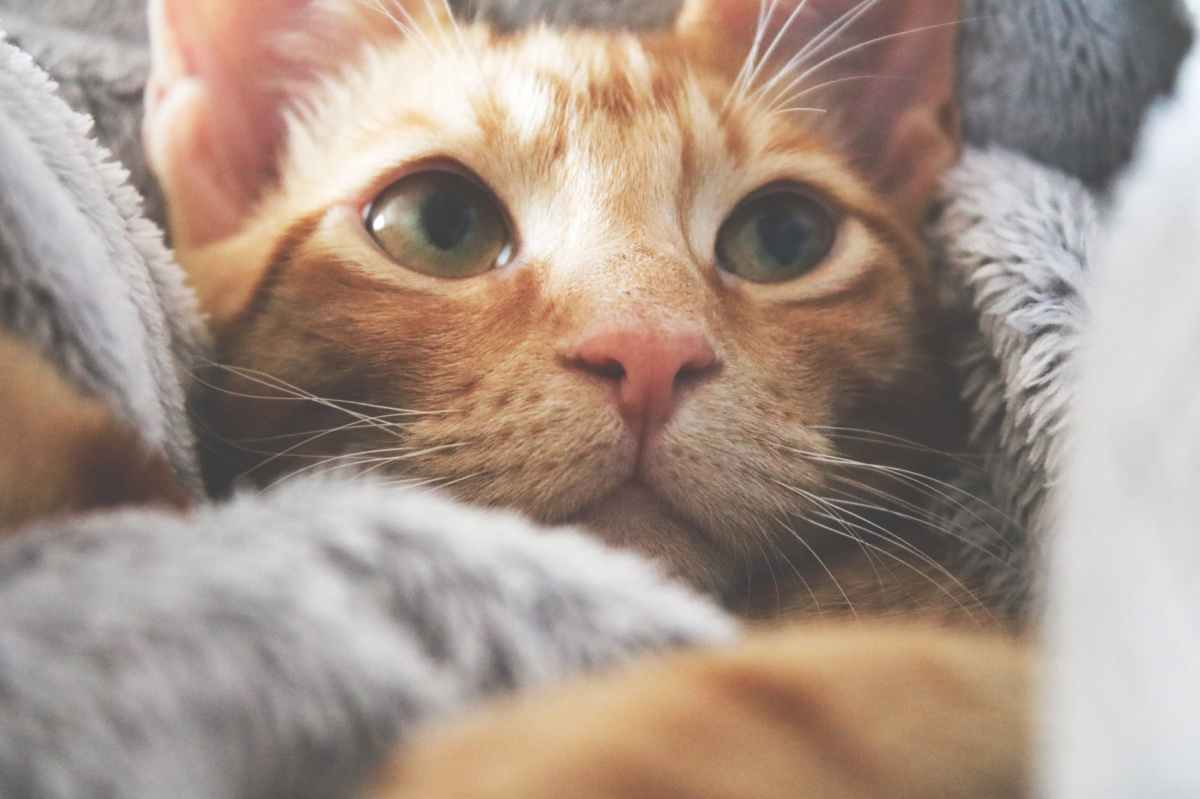Remember Kurt Zouma, the soccer player who kicked and slapped his cat in a video posted online in February?
The West Ham United footballer pleaded guilty on May 24 to “causing unnecessary suffering to a protected animal,” the BBC reported. His 24-year-old brother Yoan, who is also a professional soccer player, pleaded guilty to a single charge of abetting the crime when he filmed the violence and posted it to Snapchat.
An RSPCA investigation uncovered new details about the incident. Zouma was reportedly enraged when the cat scratched a chair.
“I swear I’ll kill it, I swear I’ll kill it,” he says in the video.
In the video, the elder Zouma, 27, drop-kicks the Bengal cat “like a football” in the prosecutor’s description, and slaps it hard in the face with a shoe. Both brothers were laughing in the footage, and Zouma’s child was present.
His brother Yoan uploaded the clip to Snapchat, and it would have remained private if not for the disgusted reaction of a woman Yoan asked on a date.
“I don’t think hitting a cat like that is OK – don’t bother coming today,” she wrote in a message to Yoan Zouma, canceling their meet-up.
“I do not want to associate with people who find that funny, in front of a child as well,” she wrote.

The outraged woman reported the brothers, and condemnation was swift: Zouma lost several sponsorship contracts, including his most lucrative deal with Adidas, and he was fined $250,000 by his team, which is the maximum a Premier League club can levy against a player.
The brothers don’t yet know the full consequences of their actions. They’ll return to court for sentencing on June 1, and although Zouma has been contrite and has people vouching for him to the court, there may be other considerations after Zouma’s video apparently inspired others to hit their cats and post the videos online.
People who imitated Zouma’s animal abuse formed an online group, calling themselves the “Kick the Cat Club.”
“Since this footage was put in the public domain there has been a spate of people hitting cats and posting it on various social media sites,” Thames Magistrate’s Court prosecutor Hazel Stevens said.
In the meantime, Zouma’s two Bengal cats have been in the custody of the RSPCA. The cats, Bonbon and Cherie, didn’t suffer any lasting physical injuries from the abuse, and despite enduring trauma, the RSPCA said both cats are friendly and will be ready for rehoming soon.
“What makes this case even more sad is the way the video was filmed and shared, making light of such cruelty,” the RSPCA’s Dermot Murphy said. “We hope this case will serve as a reminder that all animals deserve to be treated with kindness, compassion and respect, and that we will not tolerate cruelty.”


























